The following are some dog socialization mistakes to avoid.
My Lab mix Ace was a laid-back, well-socialized guy. I didn’t train him to be that way. It’s just how he was. I took him many places after I adopted him, but he was already a year old by then and generally calm.
Because Ace was born on a farm, he must’ve been around plenty of animals, noises and different people. Genetics were also a factor, of course.
Regardless, he wasn’t fazed by anything, which was really convenient.
I believe in ongoing socialization for all dogs – taking them out as much as possible to areas where they can be successful.
That’s different for every dog, obviously.
Visiting a dog friendly café was no big deal to Ace. It would’ve been a bit much for my previous dog. Just walking around the neighborhood is challenging enough for others.
You want to challenge your dog a little, but not too much.
This post may contain affiliate links. That Mutt may earn money from the companies mentioned in this post.
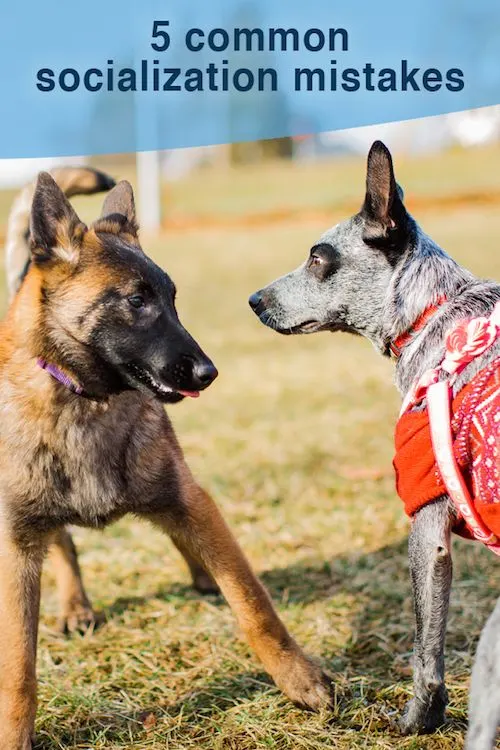
Socialization should be about introducing the dog to something new in a positive way.
We hear about the importance of bringing our dogs to new areas, so we think of “big picture” events like dog parks.
Really, we should be focusing on less-exciting examples.
New dog owners are told to socialize their dogs around other dogs, so they might think it’s a good idea to visit the dog park.
Obviously you wouldn’t want to take a dog with no dog-park experience and throw him into a fenced area with 25 other dogs on a lively Saturday afternoon. This would set most dogs up for failure, right? The dog may be overwhelmed at best. More than likely, he could act out aggressively.
See my post: Rules at the dog park.
But, a walk with one other dog followed by a little off-leash play? This is a perfect way for many dogs to socialize until they get more comfortable.
Another example: Bringing a puppy to a busy, noisy event like watching a marathon could be too scary. But a walk where you know you’ll be exposed to a small crowd – like walking by a kid’s soccer game – might be perfect. It’s less chaotic, and you can always move away calmly.
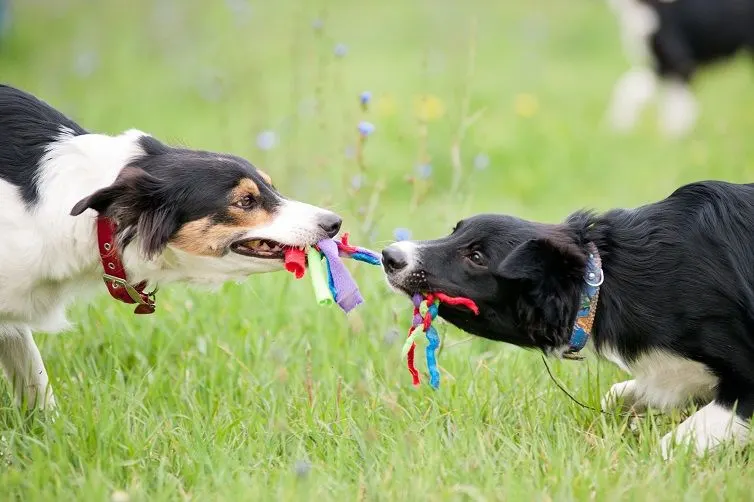
I recommend you wear a dog treat bag around your waist when out and about with your dog. That way you can always have quick access to high-valued treats to reward your dog for checking out something new. This keeps new experiences fun and positive for your dog.
*Enjoying this article? Get realistic dog training tips emailed once a week. Click Here
One of my favorite writers, Jon Katz, wrote that dog owners will often spend hundreds of dollars buying an exotic purebred or designer dog, but then they won’t spend a dollar on training that dog.
People will also pay $400 to adopt a “rescue dog,” but are most of them willing to spend money on training? Probably not.
I’m not saying you have to invest a bunch of money into dog training, but you do need to invest your time. My favorite way to train my dog is to do it myself. I usually train my dog on walks around the neighborhood.
Still, I do find group obedience classes valuable, even to those who “know everything” about training a dog. Classes are an easy way to work with your dog around other dogs. There are few scenarios in the “real world” that allow you to do this in a controlled way.
I know training classes can get expensive, but if you can swing even one six-week session of weekly classes per year, it is well worth it. They’re not for all dogs, of course. Hiring a private trainer for one-on-one instruction can also be very helpful.
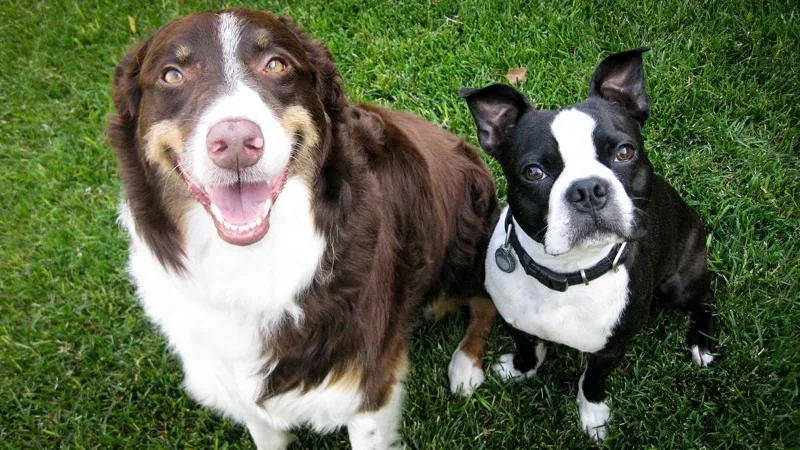
Some situations are just too stressful for certain dogs, and it’s up to the owner to always have a plan for what to do if it’s not going well. This is true no matter how well socialized the dog is.
Often, we humans set unrealistic goals and expectations for our dogs. Maybe someone decides to take his dog to a street fair, for example, because he’s seen other people walking their calm, easygoing dogs through the fair in the past.
This is fine, but if it’s not going well and the dog is lunging and barking at people or so scared that his tail is tucked between his legs, you need to be ready to walk away or get in the car and go home.
As a less extreme example, I always had the goal of taking Ace to coffee shops on a regular, flat collar (vs. a training collar). Sometimes this went OK, but usually it was an unrealistic expectation and he pulled too much.
As a backup, I always brought his Gentle Leader along in my bag so I had it just in case. Another good option is a martingale collar.
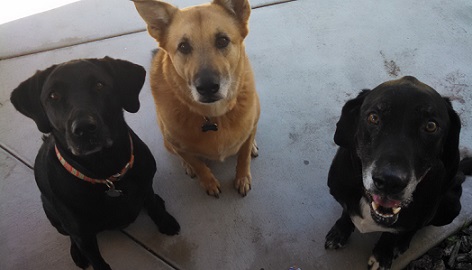
See my post: Easy socialization tips for dogs and puppies
*Enjoying this article? Get realistic dog training tips emailed once a week. Click Here
4. ‘Correcting’ a fearful dog
One of the most common dog socialization mistakes is correcting a fearful dog.
It’s only natural for dog owners to want to tell a dog “no” or to jerk on the leash when the dog is barking or growling out of fear.
I’ve done this plenty of times. It’s almost like it’s a way to acknowledge the other person. Like, a way to signal, “I’m sorry about my dog. I disapprove of the behavior. See?” At least that is the case for me.
Some will warn that correcting a fearful dog will make the dog more fearful because he will associate the “pain” with the other dog. What I find is that it simply adds unnecessary tension, which might add more fuel to your dog’s “outbursts.”
Either way, correcting him is unlikely to help him get over his fears.
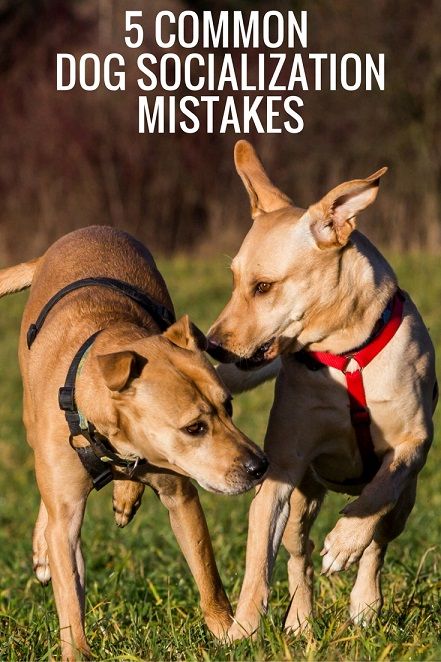
When I’m working with fearful, reactive dogs, I like to define the point at which the dog tends to react. Maybe he has no reaction when another dog is 40 feet away but starts to breathe heavily and stare when the dog is 30 feet away and then really starts to lose it within 20 feet. (There are other variables, besides distance, of course.)
With this example, I would start working with the dog on calming commands (sit, “watch me”) using highly valued treats from a distance of about 30 feet from other dogs whenever possible. The goal would be to gradually change his response to other dogs over time.
A professional trainer would be able to help you go over a specific training plan for your dog if you need it.
A great book to help with this is “Feisty Fido” by Dr. Patricia McConnell.
See my post: Can you “reward” a dog’s fear?
5. Forgetting the little things, like walking in new areas
One of the easiest ways to socialize a dog is to simply take him for a walk every day. I know we come up with all sorts of excuses not to walk our dogs, but it really is such a simple and valuable way to provide daily socialization.
You can even have your dog on a long 15- or 30-foot leash to give him more freedom to sniff explore new things at his own pace.
Dogs are exposed to so many new people, dogs, sights, sounds and smells on a walk. So if you want to expose your dog to something new, simply walk him down a different street than he’s used to or even walk him at a different time of day.
I know you all work very hard to socialize your own dogs.
*Enjoying this article? Get realistic dog training tips emailed once a week. Click Here
Let me know in the comments!
Related articles:
- Don’t judge people who have reactive dogs
- Stop your dog from barking/lunging on walks
- See all my training tips here
Lindsay Stordahl is the founder of That Mutt. She writes about dog training, dog exercise and feeding a healthy raw diet.

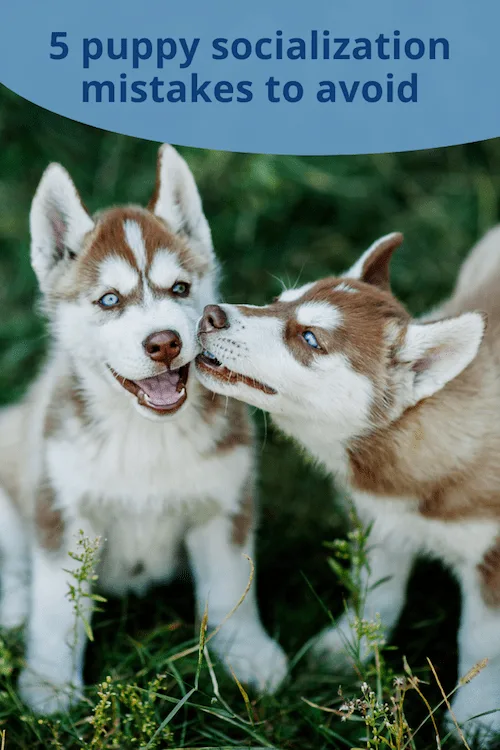
Dog Training Recap & 2022 Goals! - OrgBeTold
Sunday 6th of November 2022
[…] didn’t work on any formal obedience cues in this class but it was great for socialization and playing with the other puppies. Rip was very focused during the class when we worked on manners […]
Canine Coaching Recap & 2022 Objectives! - PET HOMEA
Tuesday 4th of October 2022
[…] didn’t paintings on any formal obedience cues on this elegance but it surely used to be nice for socialization and enjoying with the opposite domestic dogs. Rip used to be very centered all through the category […]
Marissa
Wednesday 31st of July 2019
Not sure if this is still an active thread but it has a tone of wonderful information. I am kinda hoping for some suggestions on a bit of a bind that I find myself in. I have a 6 yr old Aussie that I got off Craig’s List when he was a little over 1 year old. He was not socialized and was borderline neglected so he had a fair bit of anxiety issues. But while I started doing general obedience with him, he started to alert me when my blood sugar got low (I’m type 1 diabetic). We immediately found a trainer and got him trained as a diabetic alert dog for my and I have little doubt in saying he has actually saved my life at least once and kept me out of hospitals multiple times since training. He is amazing with people and kids. The problem is we had a cross country move a few years back and somewhere between then and now he has started to become somewhat aggressive toward other dogs but only in certain situations. Specifically at my hockey rink with a Queensland healer and a GSD. I understand the Queensland as it is very dominant and attacked him once while a friend was holding him. But the GSD is very calm and well behaved and I can’t seem to get my dog to understand he is not a threat. My dog is fine at dog parks for the most part (never fights but on rare occasion will mount usually when tired or sometimes with specific dogs) and will occasionally lung if another dog gets too close while on leash (but not if he is in his service dog vest).
I don’t want him picking fights with the GSD or lunging at other dogs. I’ve tried distracting with treats and other commands (sit or “look at me”) but once the treats are gone his attention snaps back to the other dog. I’ve tried harnesses and gentle leader which allow me to control him better but doesn’t seem to de-escalate him. Not really sure what the next step is. Lol I even took him to a trainer but he seemed to know we were “in class” and was a total golden boy and let the other dogs trot by without a look (guessing that means the problem is somehow with me but not sure what I’m doing wrong).
Any suggestions?
How to Prevent Separation Anxiety in Dogs – dogtrainingfriends.com
Saturday 23rd of March 2019
[…] for themselves. They are not encouraged to explore or be independent. They never learn proper socialization skills because their owners pick them up when the dogs are faced with anything […]
Karen
Tuesday 5th of February 2019
Regarding training- is $95/hr high for one hour home lesson?
Lindsay Stordahl
Tuesday 5th of February 2019
No, probably not, depending on where you live, for a good trainer.